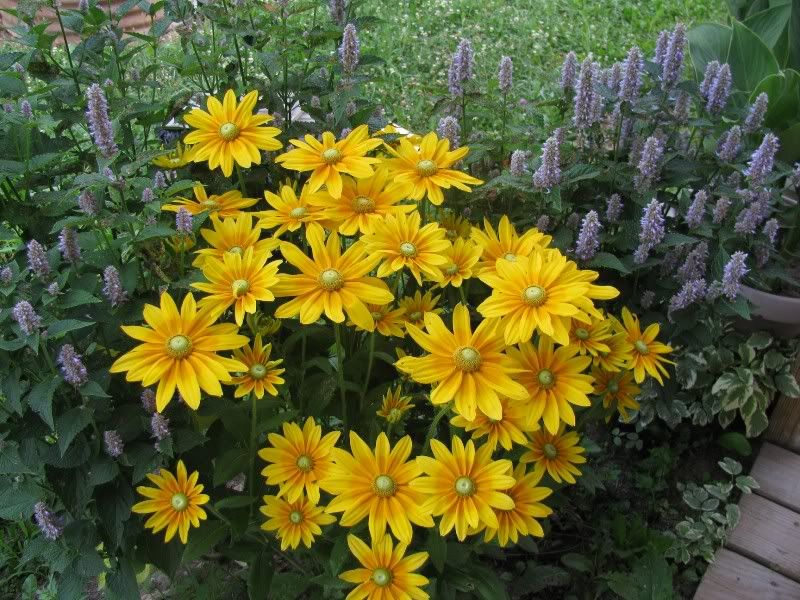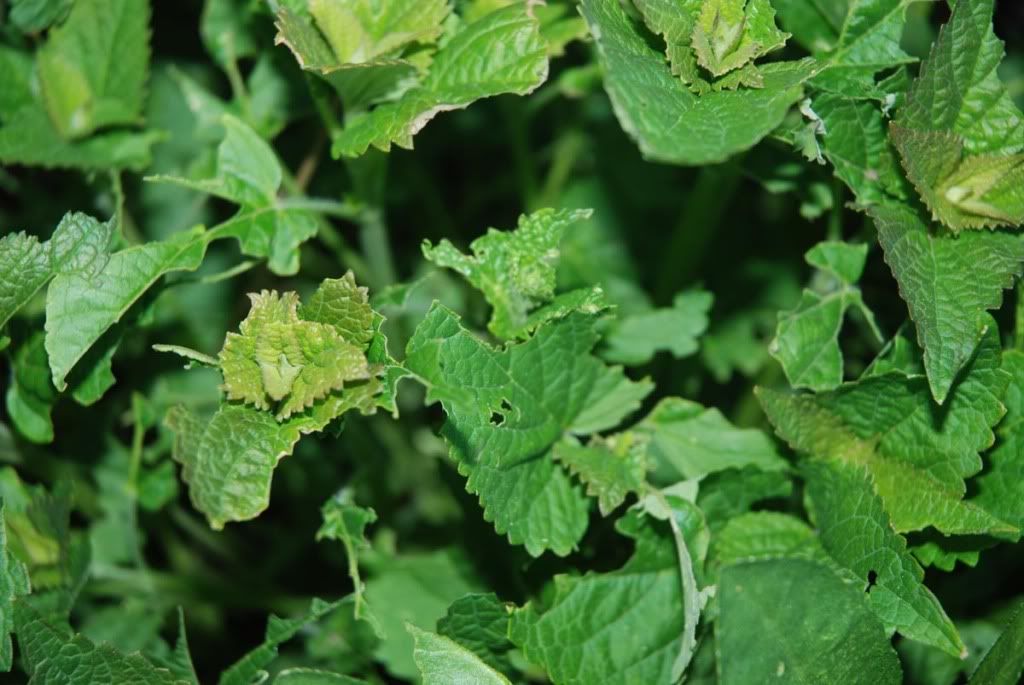Anise hyssop is a perennial herbaceous c which grows in zones 6 - 10. It will attract butterflies, honeybees, and hummingbirds which is good, because they are all excellent pollinators. When it is dusk, the anise hyssop is irresistible to the hummingbird moth. It grows up to the height of two to three feet tall. The blooms of the anise hyssop are spikes of rich purple flowers that blooms on and off all during the summer.
Anise hyssop which is like the other members of the genus Agastache likes to grow in sunny areas. In the mountains regions, the anise hyssop prefers to grow on the lower elevations of the mountains.
Propagation/ Maintenance
The seeds of the anise hyssop can be sow outdoors in late spring or the seeds can be sow early in a greenhouse and then transplant them out in the garden after the danger of frost has passed where you live. The germination percentage of the anise hyssop is seventy to eighty percent, which will happen in about two weeks. The anise hyssop grows as a clump. The plants need to have light to moderate water for them to grow well.
Anise hyssop grows well in poorer clay, gravelly, or sandy soils. They like to grow in full sun and partial shade.
Chamomile, horehound, it is festive when planted next to spilanthes.
The aerial parts of the plants are the parts that are harvested preferably when the plants are in flower, and this is done by using a pair of scissors or snips.
The culinary use of the anise hyssop is using the leaves and or flowers that makes iced tea delicious. The leaves and flowers which are finely chopped can be sprinkled over vanilla ice cream, used in cream cheese spreads, or they can be added to fruit salad.
The medicinal benefits of the anise hyssop are it supports digestion, helps lower fevers and it soothes lower respiratory tract irritation.
The parts of anise hyssop that are used are flowering aerial parts and it can be used fresh or dried.
The home pharmacy uses of the anise hyssop are infusion, cider vinegar tincture, traditional tincture, bath herb, foot soak, and honey.


No comments:
Post a Comment